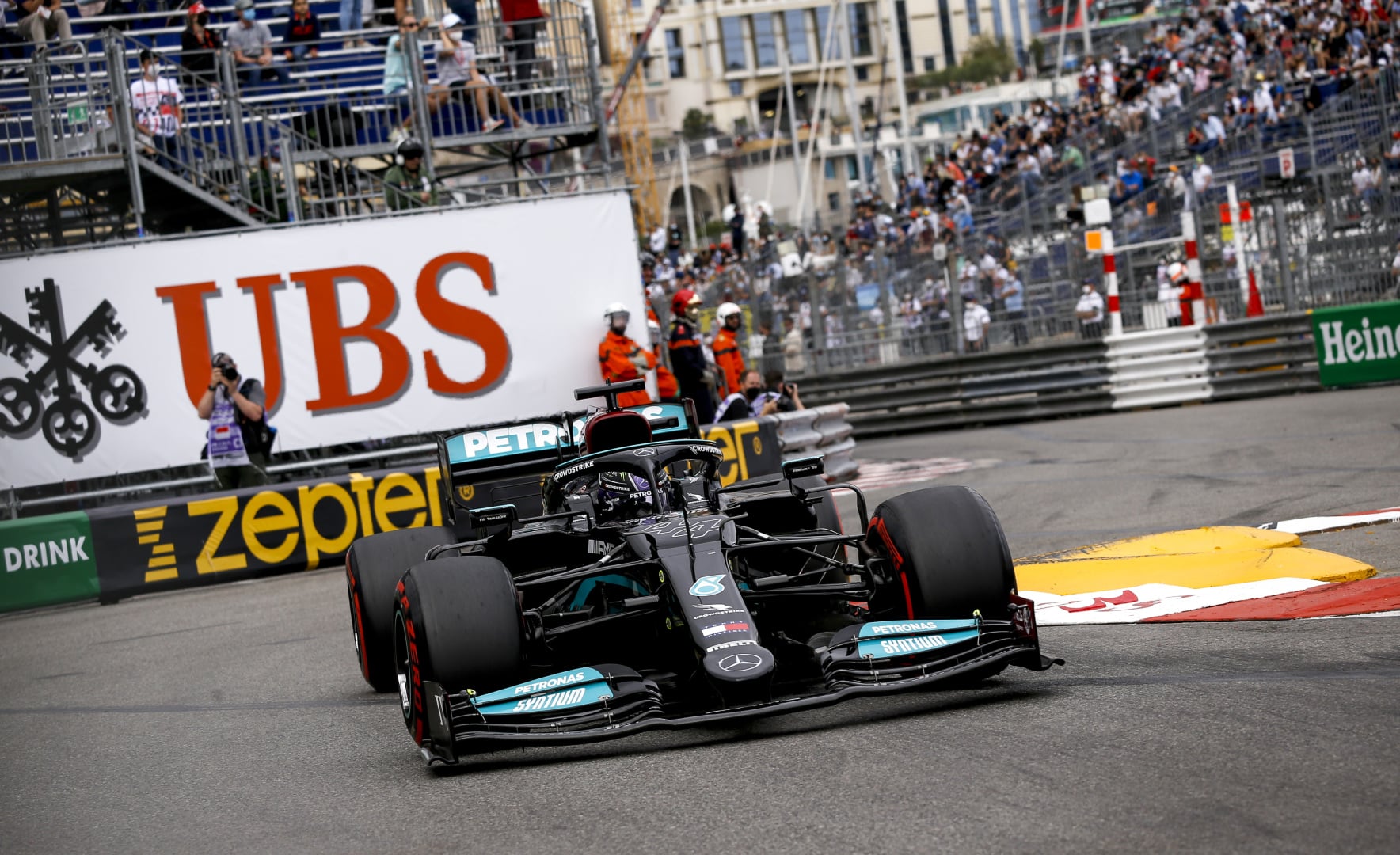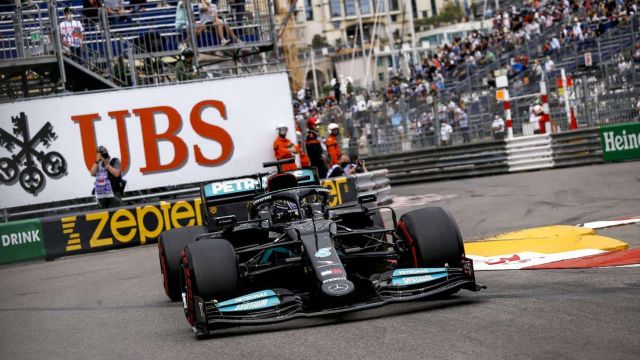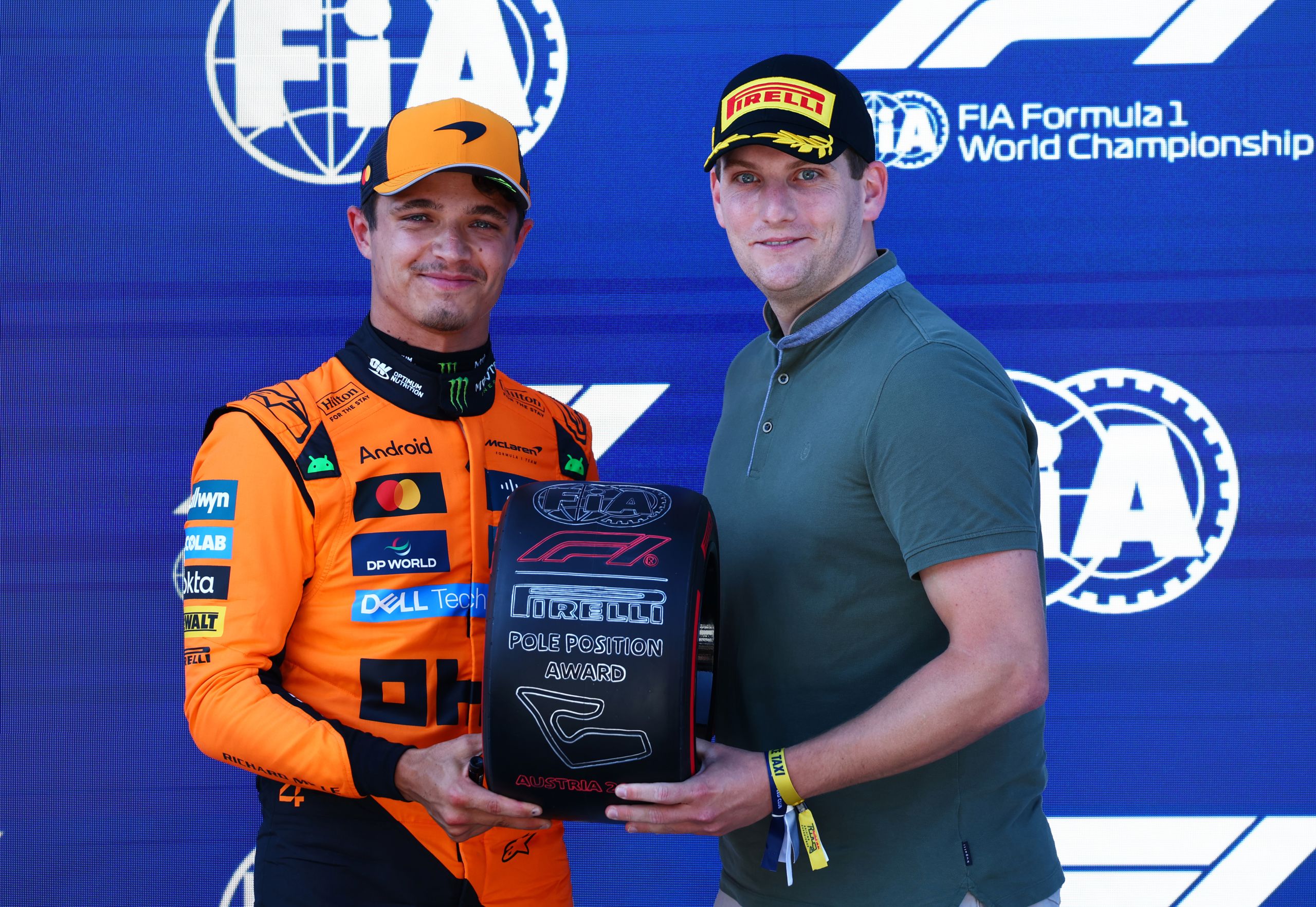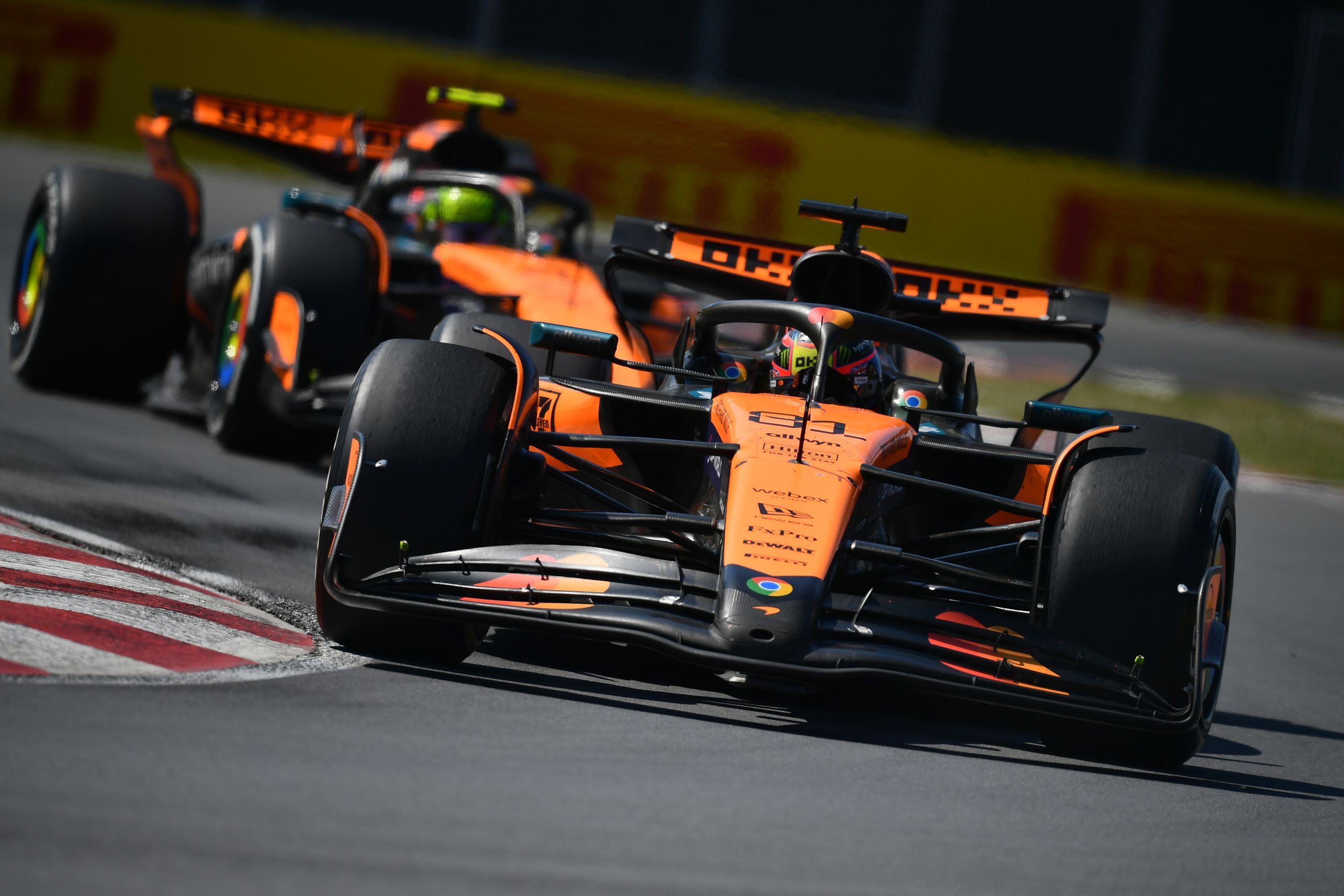How Formula One Is At The Forefront Of Modern Technology


Technologies used in Formula One cars over the years have typically been too costly to roll out for the industrial-scale production of road cars. But that has changed in recent years. Since things like full hybrid powertrains were introduced, the tech used in F1 has become more and more relevant to road cars.
But F1 technology isn’t limited to enhancing road car production. It’s also being used in other sectors, from the medical industry to consumer electronics. Let’s take a closer look at how Formula One is at the forefront of modern technology.
The Enhanced Efficiency of Hybrid Engines and Battery Technology
The World Drivers’ Championship, which became known as the Formula One World Championship in 1981, has been at the forefront of the racing world since its first season back in 1950. Today, fans all over the world love to watch Formula One races, join fan clubs and online chat rooms, and play video games like Formula One Champions and F1 2021. And if you’re a fan of betting, you can check out Casumo betting for all the latest F1 odds.
Over the years, fans have also kept up with Formula One’s use of new technologies. In recent times, hybrid power units have been a game changer for F1. Before hybrid power units were introduced to Formula One cars in 2014, an average road car’s thermal efficiency reached around 30%. That means only a third of a car’s petrol was used to propel it. That changed when the UK team at Mercedes-AMG High-Performance Powertrains ran a Mercedes-Benz F1 power unit on their dyno. The MO8 EQ Power+ unit attained a thermal efficiency of more than 50%! The internal combustion engine has certainly come a long way since its invention by Nicolaus Otto in 1876 when it had a thermal efficiency of around 17%. With the F1 M08 EQ Power+ power unit’s 50% thermal efficiency, it’s now one the most efficient internal combustion engines ever created.
The Mercedes F1 W05 Hybrid, which featured the 1.6-litre V6 turbocharged engine known as the PU106A Hybrid, was the first Mercedes F1 car of the hybrid era. The model was driven by Nico Rosberg and Lewis Hamilton at the 2014 Formula One World Championship. It was the car that kickstarted Mercedes dominance in the world of F1. It delivered Rosberg with twenty wins and Hamilton with seventy-six Grand Prix wins.
In addition to being incredibly efficient, F1 hybrid power units have made significant contributions to battery technology. When the first energy recovery system was used in 2007, the weight of its energy store was 107kg. Today, the lithium-ion battery energy store’s weight has been reduced by more than 80%, at 20kg. Such tech isn’t only allowing F1 cars to be more efficient. It’s also helping road cars to become more efficient by improving their fuel consumption in an on-road environment.
The High Speed of F1 Wireless Tech
In 2017, F1 teams began using a system of two wireless technologies: multi-gigabit 802.11ad Wi-Fi and 5 GHz 802.11ac. The tech allows an F1 car to transmit data wirelessly while it travels through the pit lane. When it’s within a four-metre range of the garage, it begins transmitting the data much faster, at download speeds of up to 1.9GBits per second. That means one gigabyte of data takes less than five seconds to be transmitted.
The company Qualcomm isn’t only using this tech within the world of Formula One. It has also developed it for the consumer market. In the near future, similar tech will be used in smartphones, enabling a more reliable connection and much quicker download and upload speeds. The technology could also be used by connected cars to communicate with the outside world.
The Far-reaching Uses of F1 Servers
Server racks used in F1 have to deal with situations that typical servers do not like. F1 server racks, which store all of the vital car data, are frequently shipped around the world. So, they have to endure major increases and decreases in temperature as well as things like vibrations and the build-up of carbon fibre dust. Such things are not kind to computer hardware, so compared to a regular server in a data centre that isn’t on the move and doesn’t have to endure extreme conditions, a trackside server has to be more robust. Thankfully F1 tech partners like Pure Storage develop on-track servers to withstand changing conditions.
Servers are just one part of how Formula 1 technologies are being used for tech outside of F1. The race car and its environment are ideal for testing specific types of tech that are crucial for developing autonomous driving. Hopefully, F1 never becomes fully automated, but road cars are certainly quickly heading in that direction. High-tech servers that are tested in teams’ garages can be used on aeroplanes and cruise ships, and even as mobile data centres on lorries.
The tech can also be used in other sectors like the medical industry. For example, F1 servers enable massive amounts of data to be accessed and analysed quickly, so the same method can be used with things like x-ray machines and gene sequencers, in which data has to be transferred and analysed.
The F1 Industry Is the Ideal Testing Ground for New Technologies and Processes
Production methods in the auto industry are rapidly evolving and Formula One cars are the ideal testing ground. Actually, F1 cars aren’t strangers to being used as guinea pigs for road cars. For instance, in the 1980s, carbon fibre started to be used to build racing cars, whereas it didn’t become a part of mass-produced cars’ production until years later.
With the change in modern production processes, the gap between highly customised manufacturing and large-scale manufacturing has been greatly narrowed. And the technological advancements in things like data processing and connectivity mean modern machines cannot only repeat the same task accurately, again and again, they are also increasingly becoming excellent at performing different tasks. In the 21st-century manufacturing world, technologies like additive layer manufacturing can create complex shapes and use a wide variety of materials.
In Formula One, lots of different customized prototype parts are produced every week, which means they have to be made as fast as possible. As road cars become increasingly complex and with more different models being launched every year, the modern technologies being used to produce prototypes and custom parts in F1 is now being widely utilised in the larger auto industry. Formula One has always been a great testing ground for various processes in the car road industry, and as technologies continue to improve, F1 is sure to still be at the heart of development.





